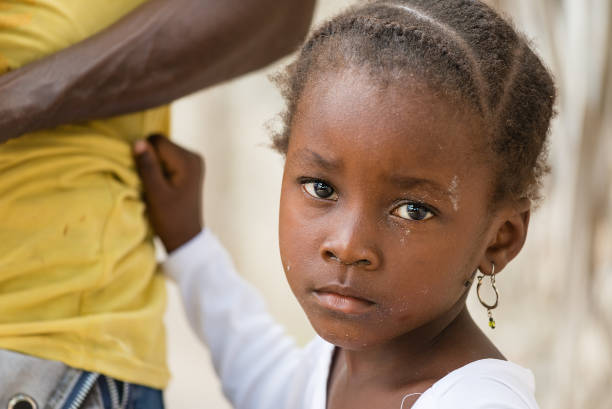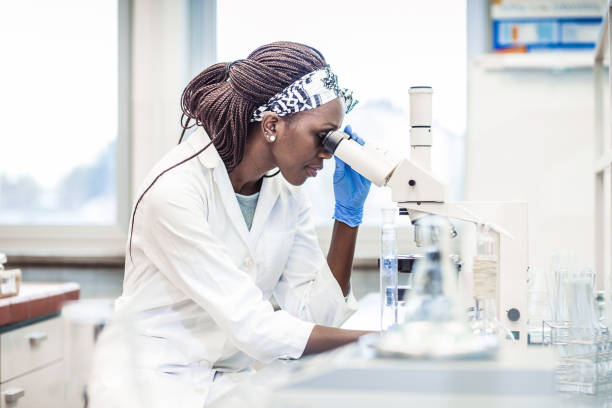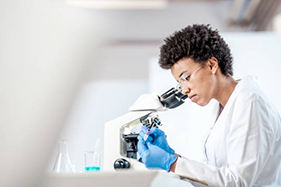Malaria remains a significant health concern, particularly for children in tropical regions. This preventable and treatable disease poses a severe threat to young lives, but with concerted efforts, we can curb its impact. Here’s how we can reduce the burden of this deadly disease and protect our children.
Understanding Malaria
Malaria is caused by Plasmodium parasites, which are transmitted to humans through the bites of infected female Anopheles mosquitoes. These parasites multiply in the liver before infecting red blood cells, causing a range of symptoms that can be severe and life-threatening. Children, especially those under five years old, are particularly vulnerable to severe illness and death from malaria due to their underdeveloped immune systems.
The World Health Organization (WHO) estimates that in 2020, malaria caused 627,000 deaths worldwide, with children under five accounting for about 80% of these fatalities. This highlights the urgent need for effective prevention and treatment strategies targeted at this vulnerable group.
Recognizing the Symptoms
Early detection of malaria is crucial for effective treatment. Here are some common symptoms to watch for:
- High Fever: Often the first and most noticeable symptom, recurring every 48-72 hours as the parasites break free from red blood cells.
- Chills and Sweats: Cycles of intense chills followed by sweating, usually coinciding with fever peaks.
- Headaches: Persistent and severe headaches can be a common symptom.
- Nausea and Vomiting: Gastrointestinal distress is common, often leading to dehydration.
- Muscle Pain: Generalized body aches and muscle pain.
- Fatigue: Extreme tiredness and weakness, which can persist even after other symptoms have subsided.
Children might also exhibit additional symptoms such as irritability, poor appetite, and rapid breathing. Recognizing these signs early can save lives.
Prevention Tips
Preventing malaria involves reducing exposure to mosquito bites and implementing community-wide strategies. Here are some effective prevention measures:
Use Insecticide-Treated Bed Nets (ITNs)
- Protection During Sleep: Ensure children sleep under insecticide-treated bed nets. These nets provide a physical barrier and kill mosquitoes that come into contact with them, reducing malaria transmission by approximately 50%.
- Community Distribution: Advocate for the distribution of ITNs in your community, particularly in high-risk areas. Community-based campaigns can help ensure wide coverage and correct usage of bed nets.

Indoor Residual Spraying (IRS)
- Household Protection: IRS involves spraying insecticides on indoor walls where mosquitoes are likely to rest. This method significantly reduces mosquito populations and transmission, with protection lasting for several months.
- Regular Spraying: Ensure that spraying is done regularly and correctly for maximum effectiveness. Community education on the importance of IRS can enhance participation and coverage.
Antimalarial Medications
- Prophylactic Use: In high-risk areas, children can take prophylactic antimalarial medications to prevent infection. Consult a healthcare provider for the best options.
- Seasonal Malaria Chemoprevention (SMC): In some regions, SMC is used to protect children during peak transmission seasons by providing monthly doses of antimalarial drugs. This approach has been shown to reduce malaria cases by about 75%.
Avoid Stagnant Water
- Eliminate Breeding Sites: Mosquitoes breed in standing water, so regularly check and remove stagnant water around your home. This includes cleaning gutters, emptying containers, and ensuring proper drainage. Community clean-up campaigns can be effective in eliminating breeding sites on a larger scale.
Wear Protective Clothing
- Physical Barriers: Dress children in long sleeves and pants, especially during peak mosquito activity times, typically from dusk to dawn.
- Repellents: Use mosquito repellents on exposed skin and clothing for added protection. Choose products that are safe for children and effective against Anopheles mosquitoes.
Treatment Options
Prompt and effective treatment is vital for managing malaria and preventing complications. Here are key treatment strategies:
Antimalarial Drugs
- Early Diagnosis: Quick and accurate diagnosis using rapid diagnostic tests (RDTs) or microscopy is essential. Early detection allows for timely treatment, reducing the risk of severe disease. Training healthcare workers to use RDTs can improve access to prompt diagnosis, especially in remote areas.
- Effective Medication: Administer appropriate antimalarial drugs as prescribed by a healthcare provider. Artemisinin-based combination therapies (ACTs) are the most effective treatment for uncomplicated malaria. It’s crucial to complete the full course of medication to prevent resistance.
Supportive Care
- Hydration: Ensure the child stays well-hydrated. Dehydration can exacerbate symptoms and slow recovery. Oral rehydration solutions can be used to maintain fluid balance.
- Symptom Management: Use fever reducers and pain relievers to manage symptoms like high fever and muscle pain. Always follow the guidance of healthcare professionals. In severe cases, hospitalization may be necessary for intravenous fluids and advanced care.
Community Education
- Awareness Campaigns: Educate communities about malaria prevention, symptoms, and the importance of seeking prompt medical attention. Community health workers can play a vital role in disseminating information and encouraging preventive practices.
- Local Initiatives: Support local health initiatives and community health workers in their efforts to combat malaria. Initiatives like community-based distribution of ITNs and local clean-up drives can have a significant impact.
Global Health Initiatives
- Funding and Support: Advocate for increased funding and support for global malaria control programs. Organizations like the World Health Organization (WHO), the Global Fund, and the President’s Malaria Initiative (PMI) play crucial roles in combating malaria. Continued financial support is essential for sustaining and scaling up successful interventions.
- Research and Development: Support research into new malaria vaccines, treatments, and innovative prevention methods. Advances in vaccine development, such as the RTS,S/AS01 malaria vaccine, offer hope for long-term malaria control.
Conclusion: Together We Can Protect Our Children
Malaria is a preventable and treatable disease that continues to pose a significant threat to children in tropical regions. By recognizing symptoms early, implementing effective prevention strategies, and ensuring prompt treatment, we can protect our children from malaria and reduce its impact. Community education and global cooperation are essential in our fight against this deadly disease. Let’s work together to curb the burden of malaria and create a healthier future for our children.


